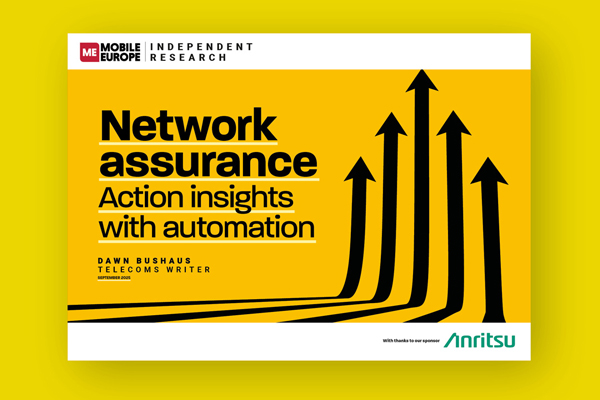The paper shows how CORTEX applies Composable IT to telecoms automation by breaking processes into reusable, interoperable Process Fragments. Traditional service creation relied on complex abstractions like Service Independent Building Blocks, but remained difficult to use. Composable IT modernises this idea: each fragment represents a functional step, can be swapped or updated independently, and connects to systems through standard APIs.
CORTEX’s library of Process Fragments covers operational control, business processes, governance and compliance. They integrate with legacy OSS/BSS, networks and other platforms, and support “Humans in the Loop” where oversight is needed. Teams can assemble, test, and version flows to automate service provisioning end-to-end from order capture and network configuration to billing and assurance while adapting details such as SLAs or inventory systems.
This model supports real-time operations across mixed technology generations. It enables parallel service automation, shared responsibility and agile change, helping providers deliver and optimise services faster and at lower cost




